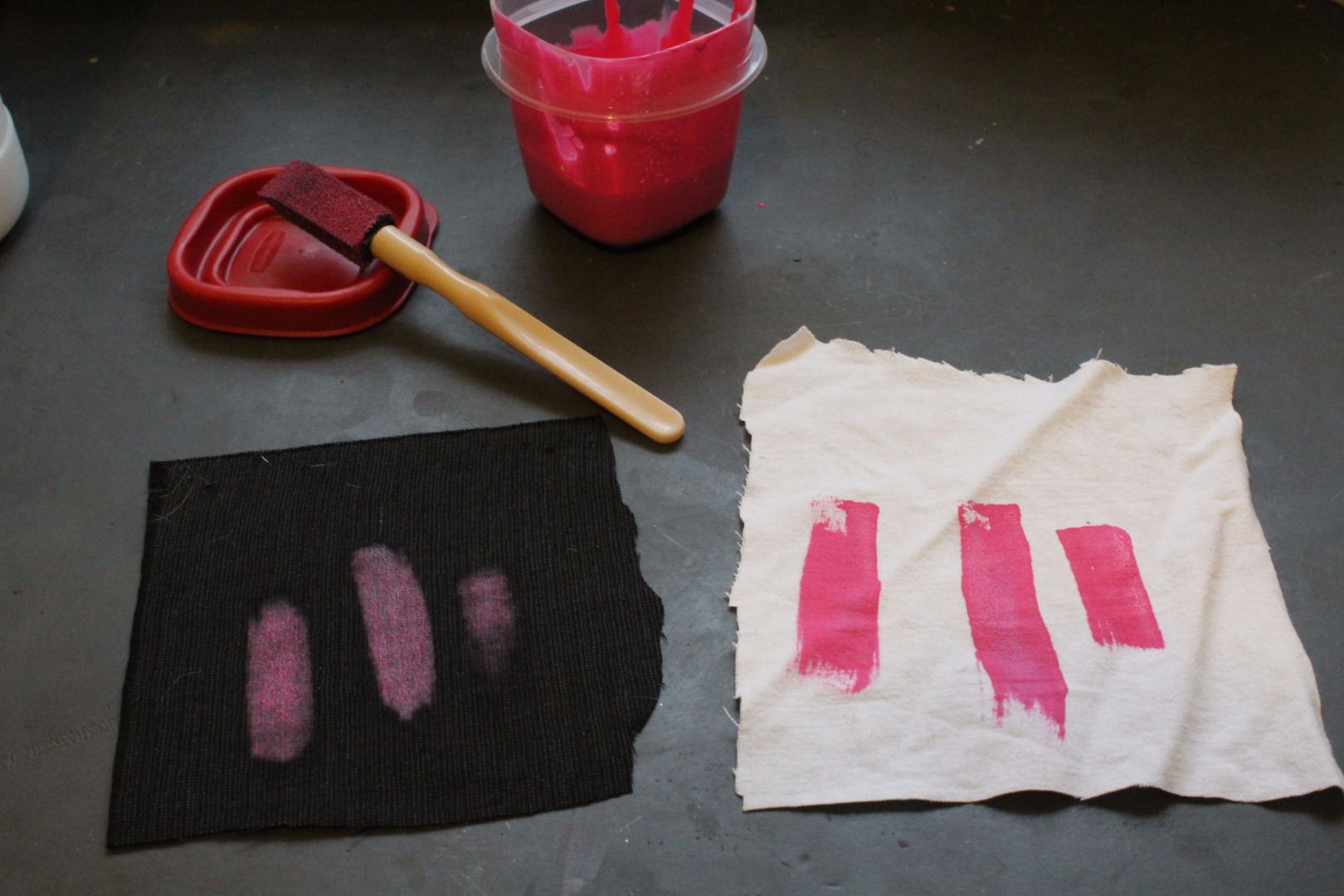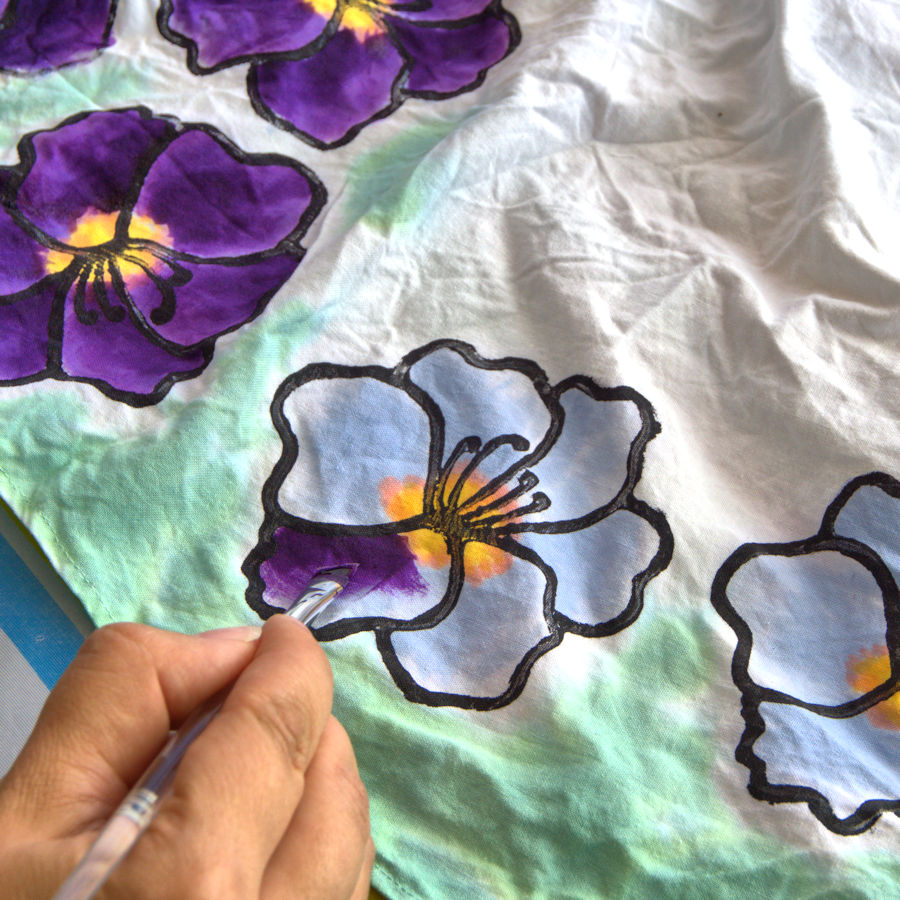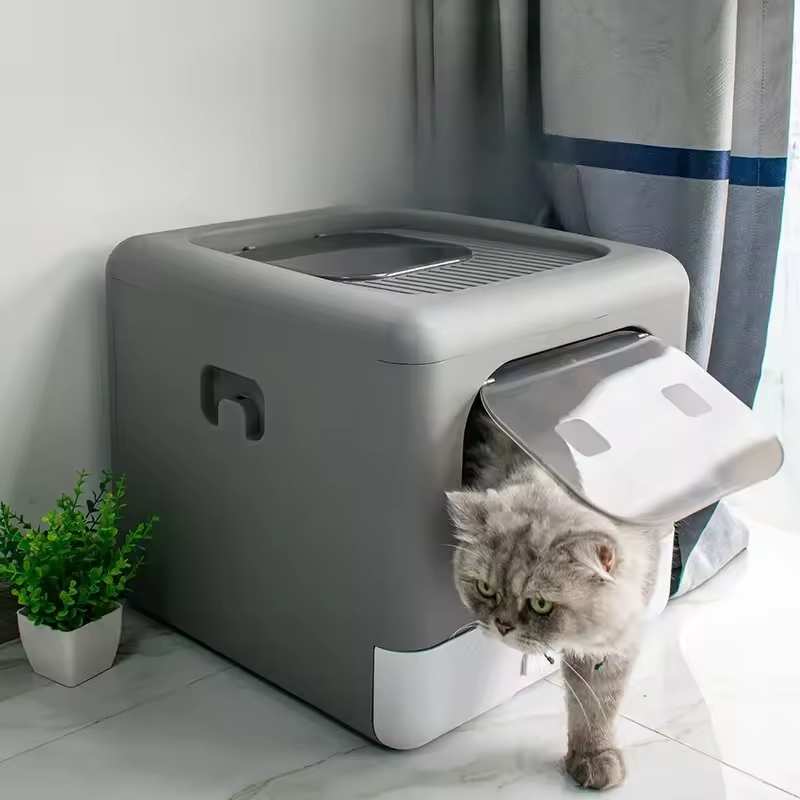Introduction to Fabric Painting
Fabric painting is a versatile and creative art form that allows artists to express their creativity on textiles. Whether you’re a beginner or an experienced artist, mastering fabric painting techniques opens up a world of possibilities for customizing clothing, home décor items, and more. This article will guide you through everything you need to know to get started with fabric painting, from choosing the right materials to mastering different painting techniques.
Understanding Fabric Types for Painting
Before diving into fabric painting techniques, it’s essential to understand how different types of fabric behave with paint. Natural fibers such as cotton, linen, and silk are highly absorbent and hold paint well, resulting in vibrant colors. Synthetic fibers like polyester and nylon may require special fabric paints that adhere to their surfaces without cracking or peeling. Blend fabrics like cotton-polyester mixes offer a balance between absorbency and durability. Choosing the right fabric ensures optimal painting results and longevity of your artwork.

Essential Materials for Fabric Painting
To start your fabric painting journey, gather essential materials that facilitate smooth application and lasting results. Begin with high-quality fabric paints designed specifically for textiles, available in various forms such as tubes, jars, or spray bottles. Fabric paint brushes of different sizes and shapes cater to intricate details or broad strokes, while fabric markers provide precise outlines and embellishments. Additionally, have a palette for mixing colors, fabric fixatives for setting the paint, and protective materials to prevent paint from bleeding through to surfaces beneath the fabric.
Preparing Your Workspace
Creating an organized and conducive workspace is crucial for achieving excellent fabric painting results. Choose a well-ventilated area with a flat surface for painting. Cover the work surface with a plastic sheet or old newspaper to protect it from paint spills and stains. Keep your paints, brushes, and other tools within easy reach to maintain a smooth workflow. Ensure proper lighting to accurately assess colors and details as you work. By setting up a dedicated workspace, you can focus on honing your fabric painting skills without distractions.

Basic Fabric Painting Techniques
Mastering fundamental fabric painting techniques lays the foundation for creating intricate designs and patterns. Start with the basics such as direct painting, where you apply paint directly onto the fabric using brushes or sponges. Experiment with blending colors to create gradients or shading effects. Stenciling offers precision by using pre-cut designs or homemade stencils to apply paint evenly onto the fabric surface. Another technique, block printing, involves carving designs into blocks and transferring them onto fabric with paint, yielding repetitive patterns and textures.
Heat Setting and Curing Fabric Paint
Once you’ve completed your fabric painting masterpiece, proper heat setting or curing is essential to ensure durability and colorfastness. Follow the manufacturer’s instructions on heat setting, typically involving ironing the painted fabric on a high heat setting for a specific duration. This process helps bond the paint to the fabric fibers, preventing it from washing off or fading over time. For more delicate fabrics, consider air curing the paint by allowing it to dry completely before use, then ironing on the reverse side to set the colors without direct heat.

Advanced Fabric Painting Techniques
Expand your fabric painting skills with advanced techniques that add depth and complexity to your artwork. Silk painting utilizes specialized silk dyes that flow smoothly across the fabric, creating fluid designs and vibrant hues. Embellishing with metallic or glitter fabric paints adds shimmering accents and textures to your creations. Experiment with resist techniques using wax or masking fluid to create patterns where paint resists certain areas, revealing the natural fabric color beneath. Mixed media approaches combine fabric painting with other art forms like embroidery or appliqué for multidimensional effects.
Troubleshooting Common Issues
Even experienced fabric painters encounter challenges along the way. Address common issues such as paint bleeding or spreading unintentionally by using painter’s tape or fabric tape to create clean edges and boundaries. If colors appear dull after drying, consider applying additional layers of paint or using fabric paints with higher pigment concentrations. Prevent paint from drying out on brushes by periodically rinsing them with water or using a palette with a damp sponge. Patience and practice are key to overcoming obstacles and refining your fabric painting techniques.

Inspiration and Design Considerations
Draw inspiration for your fabric painting projects from various sources, including nature, geometric patterns, cultural motifs, and personal experiences. Sketch your designs on paper beforehand to visualize compositions, color schemes, and details. Explore different painting styles such as abstract, realistic, or illustrative to convey emotions or narratives through your artwork. Incorporate elements of texture and contrast by combining different fabric painting techniques to achieve dynamic visual effects. Remember, each piece of fabric art reflects your unique artistic vision and creativity.
Caring for Painted Fabric
Preserve the vibrancy and longevity of your painted fabric creations by following proper care guidelines. Allow painted fabrics to cure completely before use or washing to ensure paint adherence. When laundering, turn the fabric inside out and wash in cold water on a gentle cycle with mild detergent. Avoid using bleach or harsh chemicals that can fade or damage painted designs. Air drying or tumble drying on a low heat setting helps maintain fabric integrity. Store painted fabrics away from direct sunlight and humidity to prevent colors from fading over time.

Advanced Fabric Painting Techniques
To further enhance your fabric painting skills, consider exploring advanced techniques that add depth and intricacy to your artwork:
- Silk Painting: Utilize specialized silk dyes that flow smoothly across the fabric, allowing for fluid designs and vibrant colors. Silk painting techniques often involve using resist methods to create intricate patterns and textures.
- Embellishments: Incorporate metallic or glitter fabric paints to add shimmering accents and textures to your creations. These paints can be applied selectively to highlight specific areas or to create contrasting elements within your design.
- Resist Techniques: Experiment with resist techniques using wax or masking fluid to create patterns where paint resists certain areas of the fabric. This technique is particularly effective for creating intricate designs and adding depth to your artwork.
Conclusion: Embracing Fabric Painting as an Art Form
Fabric painting offers endless opportunities for artistic expression and personalization. Whether you’re embellishing clothing, creating home décor items, or crafting unique gifts, mastering fabric painting techniques enhances your creative repertoire. By understanding fabric types, acquiring essential materials, and practicing various painting techniques, you can confidently bring your artistic visions to life on fabric. Embrace experimentation, seek inspiration from diverse sources, and enjoy the journey of exploring the vibrant world of fabric artistry.







